Reining in Britain’s deer
This is the second part of a two-part article. Read last week’s part to find out about the explosion of Britain’s deer population during the pandemic.
Britain’s deer population has been expanding rapidly in recent years, with numbers having doubled since 1999. Population levels are now at their highest for 1 000 years. Consequently, this has posed problems to Britain’s ecosystem, causing damage to woodland and cropland. With the onset of the pandemic, fewer deer have been culled, exacerbating these problems further. As economic considerations dominate the hunting and culling of deer, many have also spoken of another alternative to control the expanding deer population: rewilding.
Please also read the first part here: Predator problem: Britain’s burgeoning deer population
Reintroduction of past species
One oft-mentioned animal that has the potential to naturally regulate deer populations is the wolf. The wolf is a keystone species. As a result, wolves exert direct and indirect effects on their ecosystem by directly influencing their prey and, in turn, plant and animal species progressively down the food chain. By preying on deer, the wolf will help create a rich mosaic of landscapes as it will force deer to regularly migrate from their grazing spots as they would be at higher risk of predation otherwise. Unlike the current patchwork mainly consisting of rough grass and heather, the landscape would regain its diversity. Consequently, this would allow woodland and saplings to recover, providing habitat niches for birds to forage and nest. Other niches would also be expanded by the presence of wolves. Leftover carcasses from wolf prey would provide the ideal food for detritivores and scavengers like ravens and eagles.
In conjunction with the recent reintroduction of the beaver into Britain, wolves could help contribute to the revival of riverine forests in Britain. With fewer deer, beavers would have access to more resources near the river, enabling them to take advantage of new tree growth near rivers to build dams and settle there. In turn, this would slow down the river flow, making it an even more inhabitable area for the further growth of trees, like the willow, and its accompanying diversity. A slower river flow and dams would therefore provide a home for many fish, amphibians and small rodents. Thus, the combination of wolf and beaver reintroduction would benefit Britain’s biodiversity greatly.
Success stories from elsewhere
Examples from other countries show the positive impact that the reintroduction of species can have. In the Calenda area of Graubünden in Switzerland, a wolf population became established. Consequently, wolves helped balance the ecosystem. They achieved this by regulating the deer population which subsequently reduced pressure on vegetation, allowing forests to thrive. One big takeaway from this is that where the wolf was, the forest was healthier. In addition, the forest also helped prevent flooding, keeping human settlements safe from natural disaster. While this example is one from a natural migration of the wolf into an area which it has not inhabited for a while, the general benefits would be expected to be the same if they were responsibly reintroduced onto the British Isles.
An appropriate approach?
As of yet, there have been no efforts to introduce wolves into the wild in the UK. The Bear Wood Project and the Wildwood Trust have brought wolves to enclosures in Britain but this is not the same as reintroducing them to the wild, as the wider ecosystem effects are missing. Scientists have explored the possibility of introducing wolves back to Britain. They have identified the Scottish Highlands as a suitable habitat. This is owing to its extensive semi-natural habitats and low road density which provide the contiguous territories wolves need.
Styled as a modern-day Jurassic Park, a team led by the University of Sussex and the University of Kent have been exploring the potential of a large fenced off reserve in order to bring back the wolf to Britain. The researchers have proposed a large fenced area, ideally 1000 km2. This would allow the wolf population to reach high enough densities to exert predation pressure on the present deer population that is causing the problem of overgrazing. Wolves will limit the population of deer to sustainable levels, allow trees and woodland to regenerate, leading to ecosystem restoration in parts of Scotland. These are amongst the first steps in reintroducing the wolf to Britain. However, due to its enclosed nature, the reserve will not help control the expanding deer population in other parts of Britain.
A fenced reserve in Scotland could be a fantastic opportunity to return large predators to Britain, ecologically restore a large part of the Scottish Highlands, and promote tourism.

Reconciling intervention
Calls for the reintroduction of the wolf to the British Isles have been made before. On continental Europe, the wolf has returned naturally, but in Britain, due to its status as an island, European populations are not able to migrate there in a natural way. Such a reintroduction by humans is a heavily debated topic and that is no different in the UK.
Many groups have pushed back against proposed plans for the wolf’s reintroduction into the UK. These fears are mostly founded upon the risk of livestock depredation by wolves. The European Wilderness Society believes that natural processes should be allowed to take hold to allow nature to find a balance, as opposed to relying on human intervention.
Deer will continue to form a core part of the ecosystem in their role as seed dispersers. The problem is not their presence but their oversized populations which threaten other parts of the landscape and ecosystem. The reintroduction of the wolf through human intervention continues to be a sensitive topic and the advantages and disadvantages of such an approach must be properly weighed up before any concrete decisions are made, alongside full consultation with those stakeholders impacted by any potential decisions.
This is the second part of a two-part article. If you missed it, read last week’s part to find out about the explosion of Britain’s deer population during the pandemic.

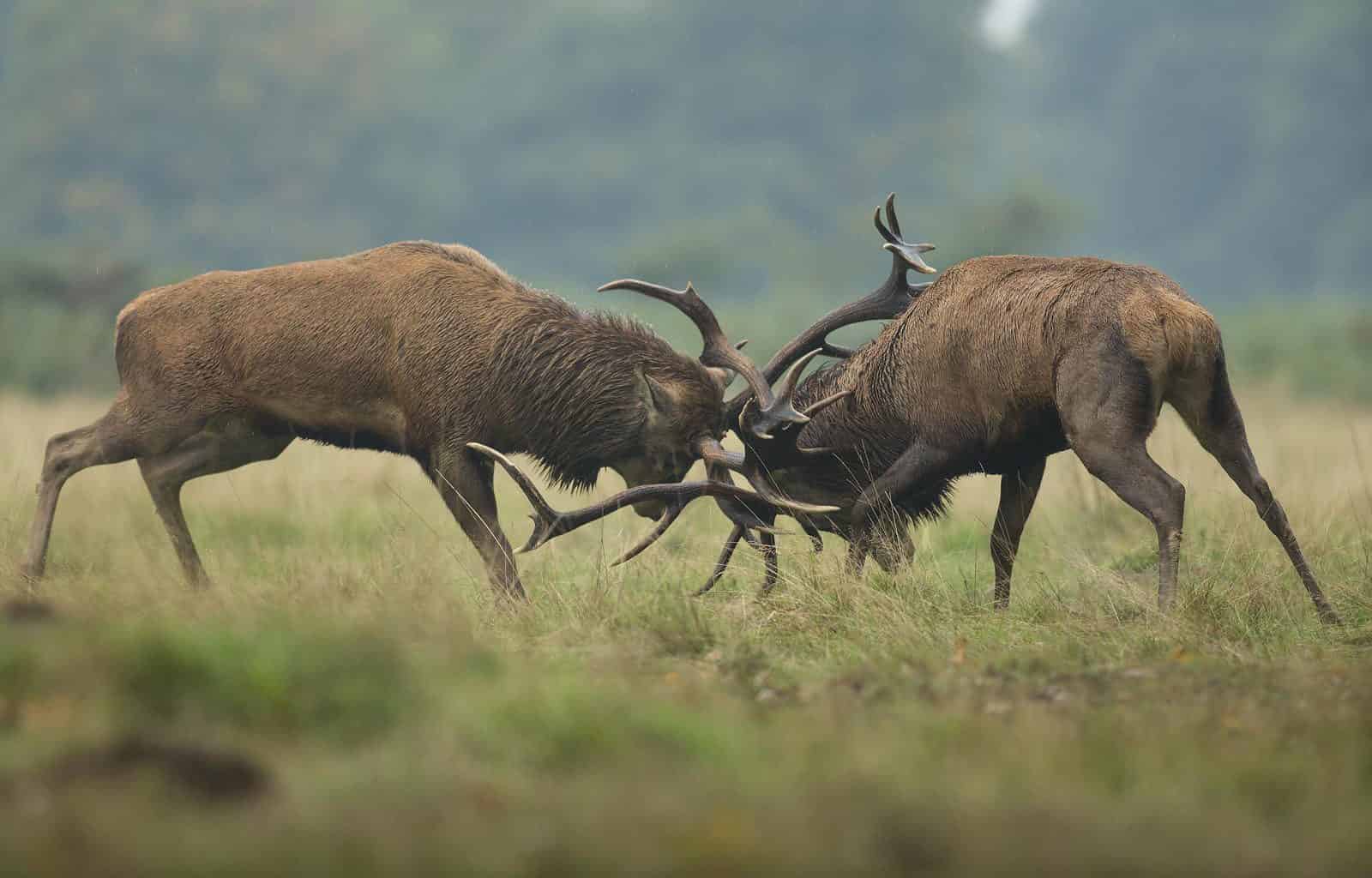
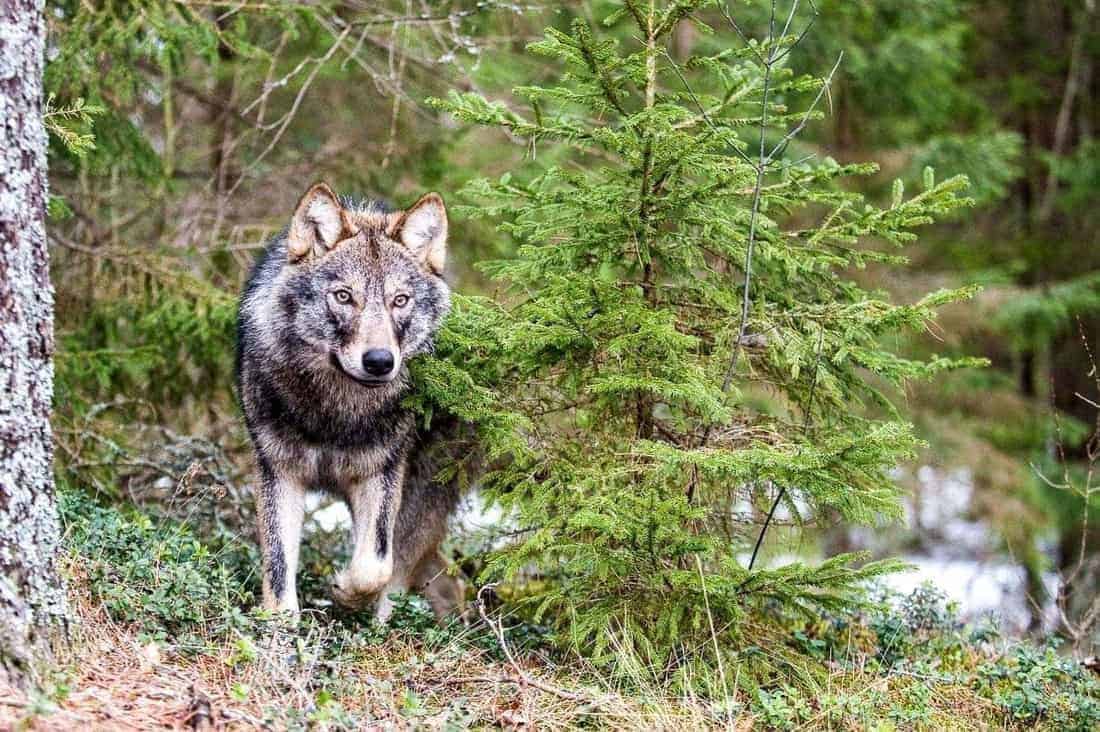

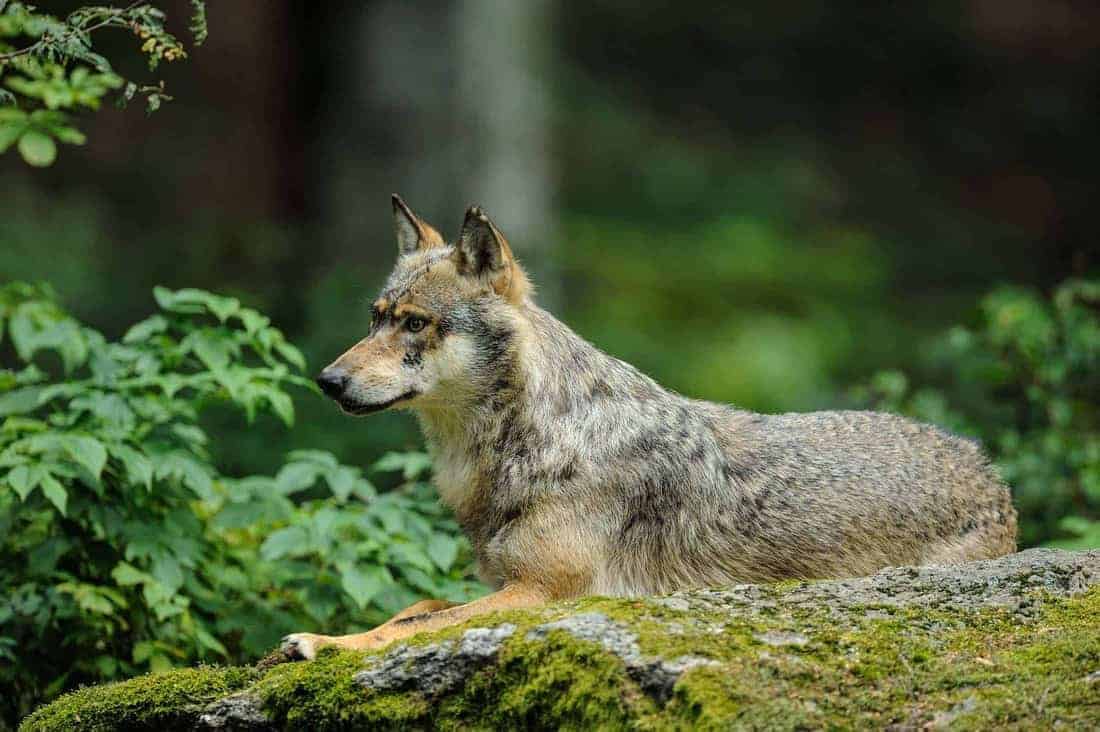
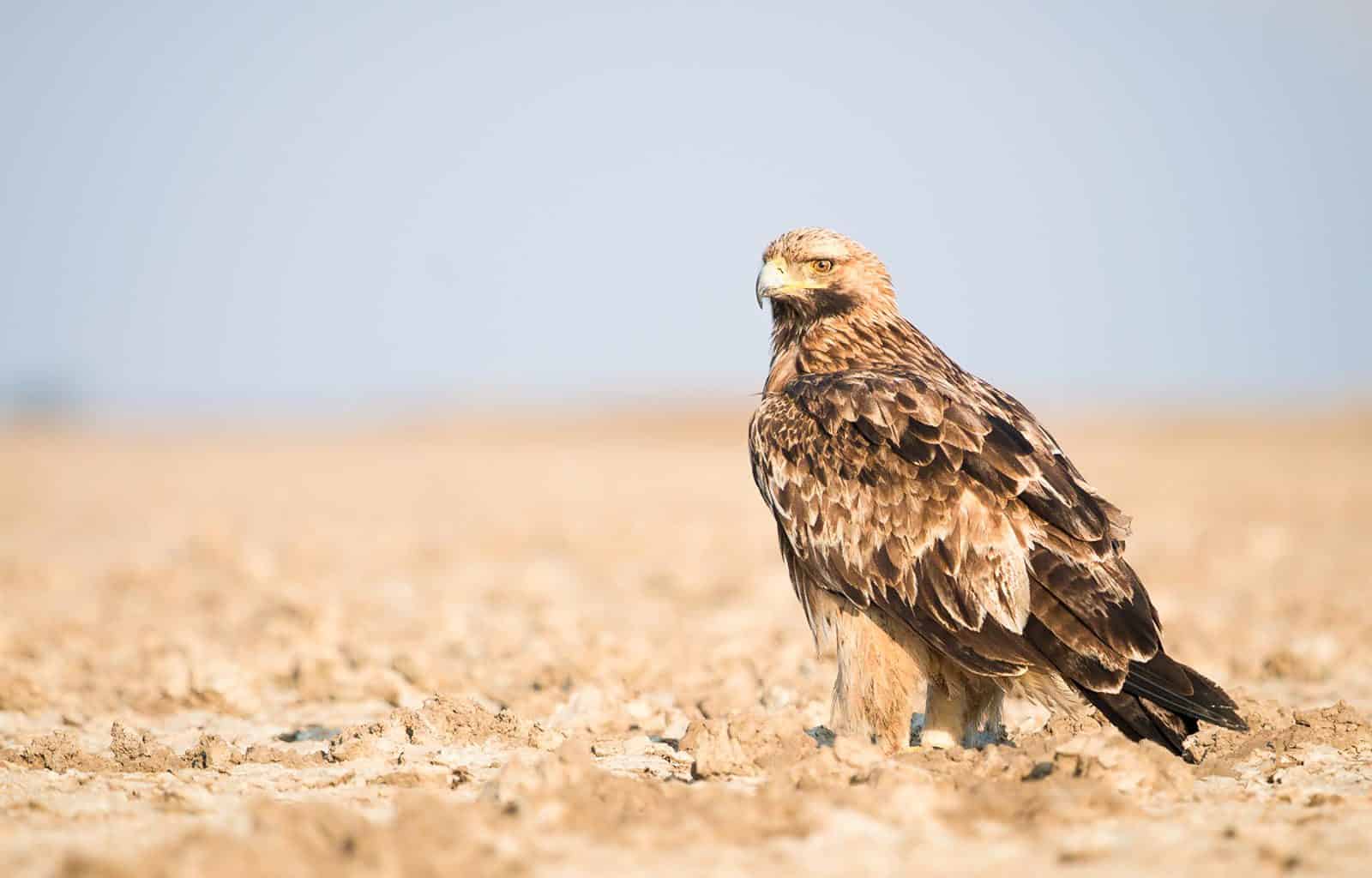
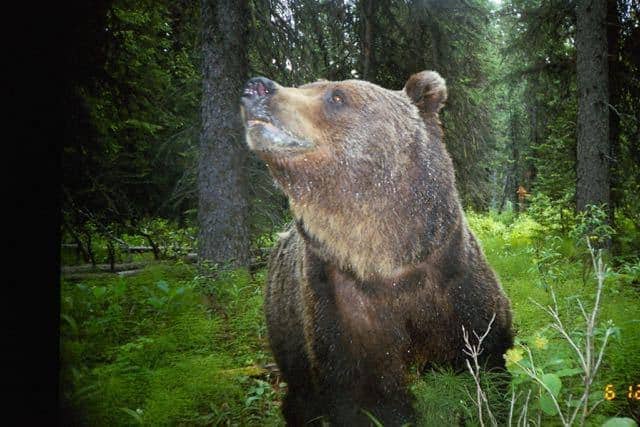
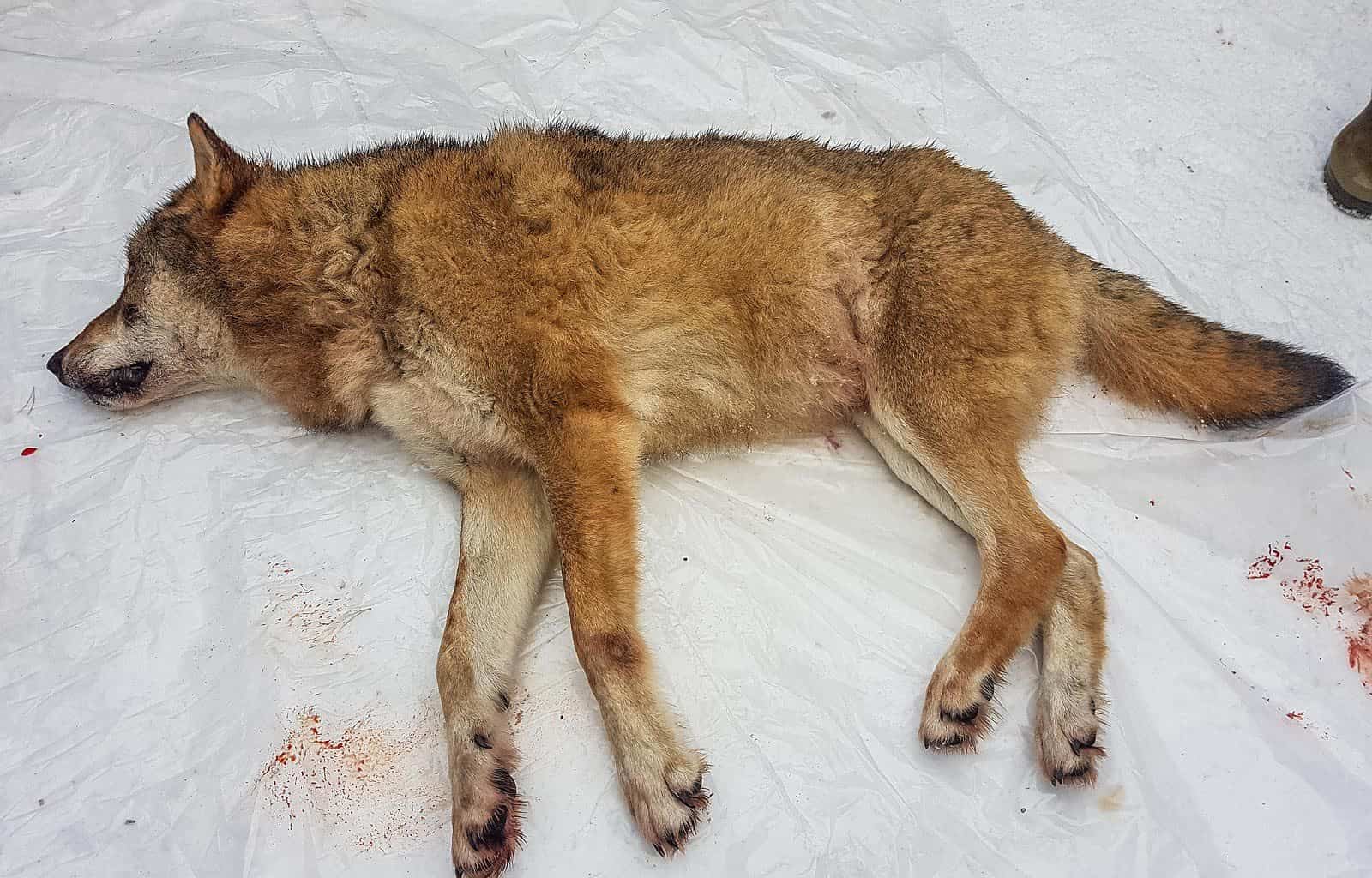
I don’t see how you can say that entrapping wolves behind a fence is a positive first step in reintroducing the wolf to Britain. It was astonishing to me that Sandom’s paper got through peer review, as it didn’t address any of the legislative and procedural issues. Rights of access in Scotland cut across the secure containment required under dangerous animal legislation for captive species. Standards of Modern Zoo Practice do not allow predator and prey to be in the same enclosure, nor do they allow, if sanctioned, live feeding in front of the public. Can you imagine the horror of people if they saw a wolf pack chase and manoeuvre a Red deer into the fence so that its further escape is blocked – its trapped and its fate inescapable.
More than that, though, its demeaning of wolves in expecting them to perform a function, when this is really dewilding through constraining the freedom of their lives by the fencing removing their autonomy. It stupidly walks wolves straight into the criticism of the Goldilocks Standards – “wild but not too wild” for human purposes, the wolf becoming a “services provider and a land manager” through assigning it “the tasks of restoring nature ravaged through our agency”. Is it the fate of wolves “acting as our proxies and agents, fulfilling our duty to rehabilitate ecosystem” to live out their complete life in captivity, when presumably in the first instance they were captured from free-living in the wild? If and when they outlive their usefulness, will they ever be able to adapt back to that condition? Will there be a market in supplying the demand for wolves in these captive systems, or maybe even a captive breeding program? Its all just a nonsense.
von Essen, E., & Allen, M. P. (2015). Wild-But-Not-Too-Wild Animals: Challenging Goldilocks Standards in Rewilding. Between the Species, 19(1), 80-108.
http://digitalcommons.calpoly.edu/cgi/viewcontent.cgi?article=2129&context=bts